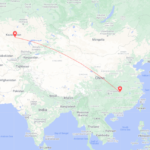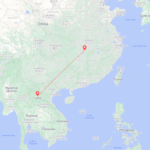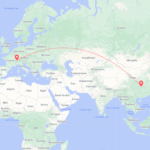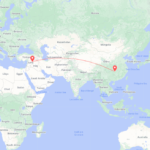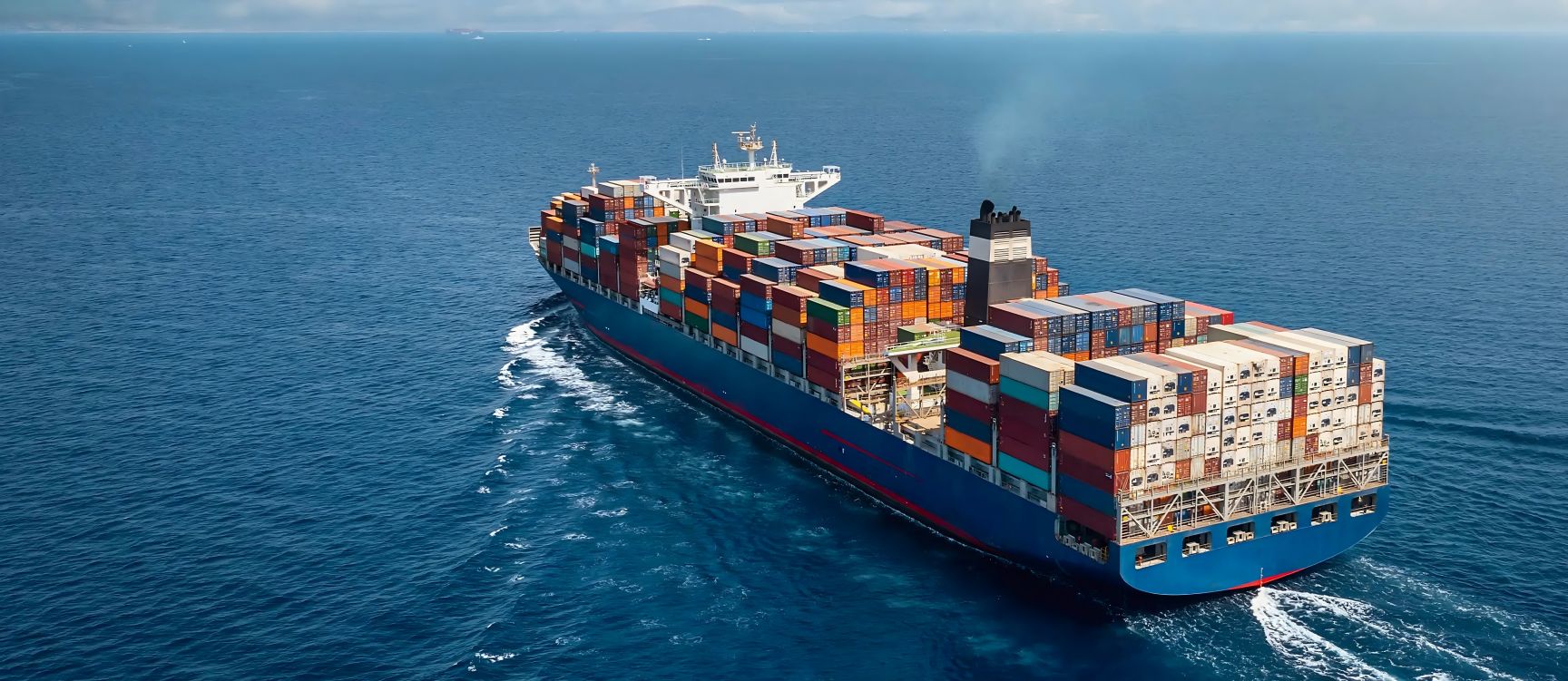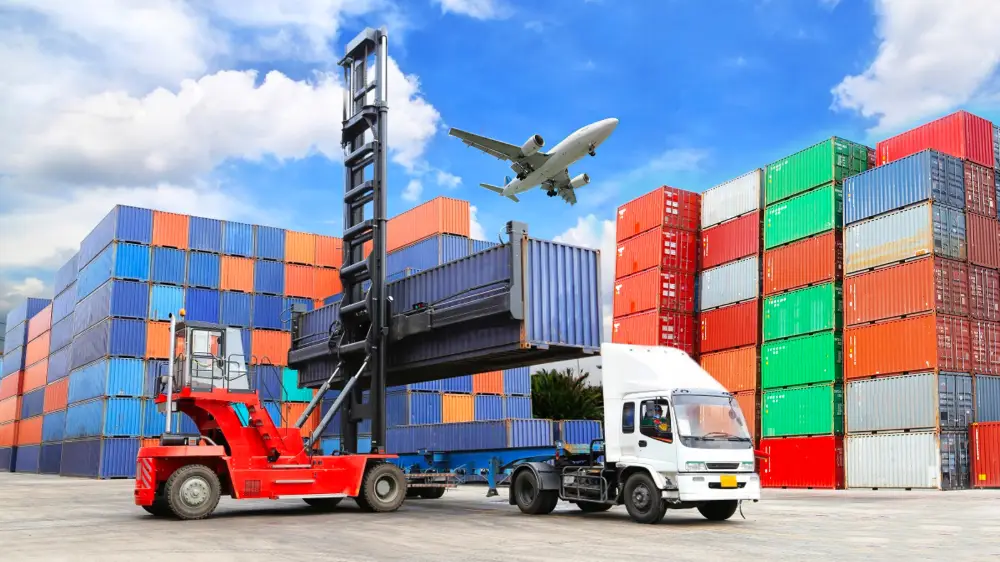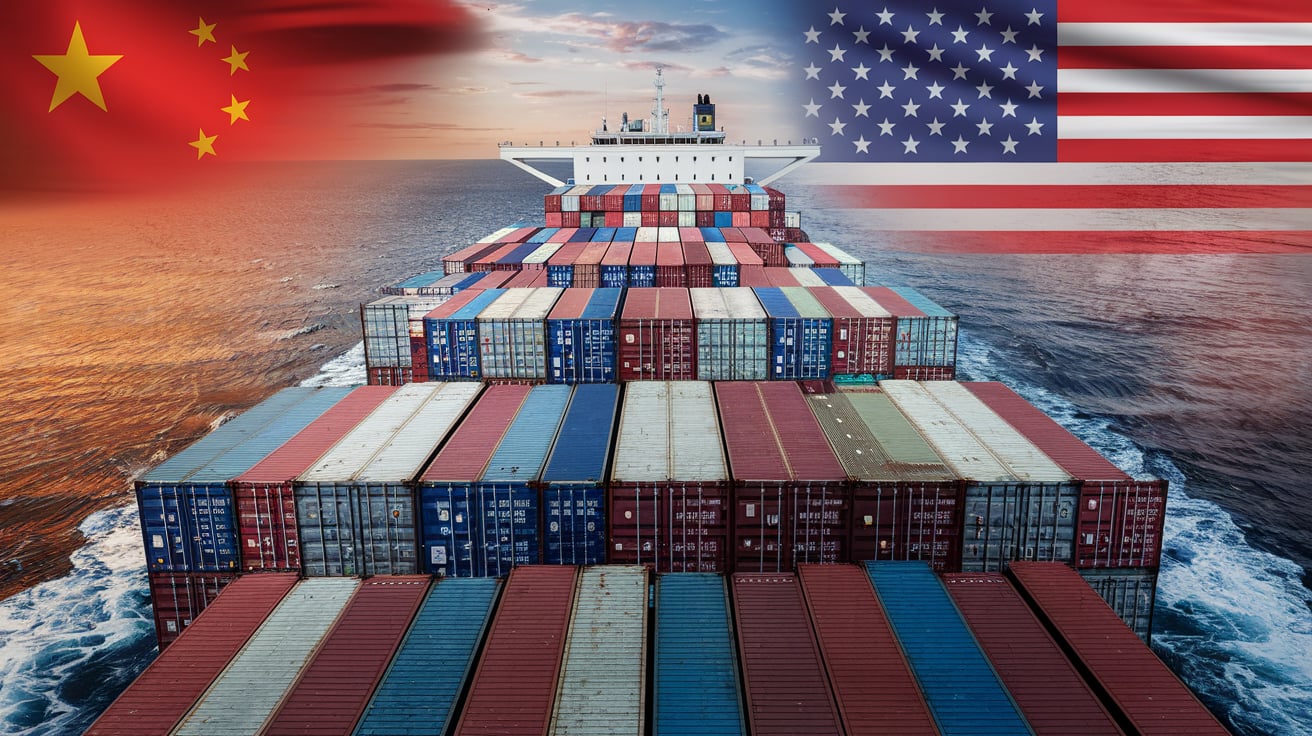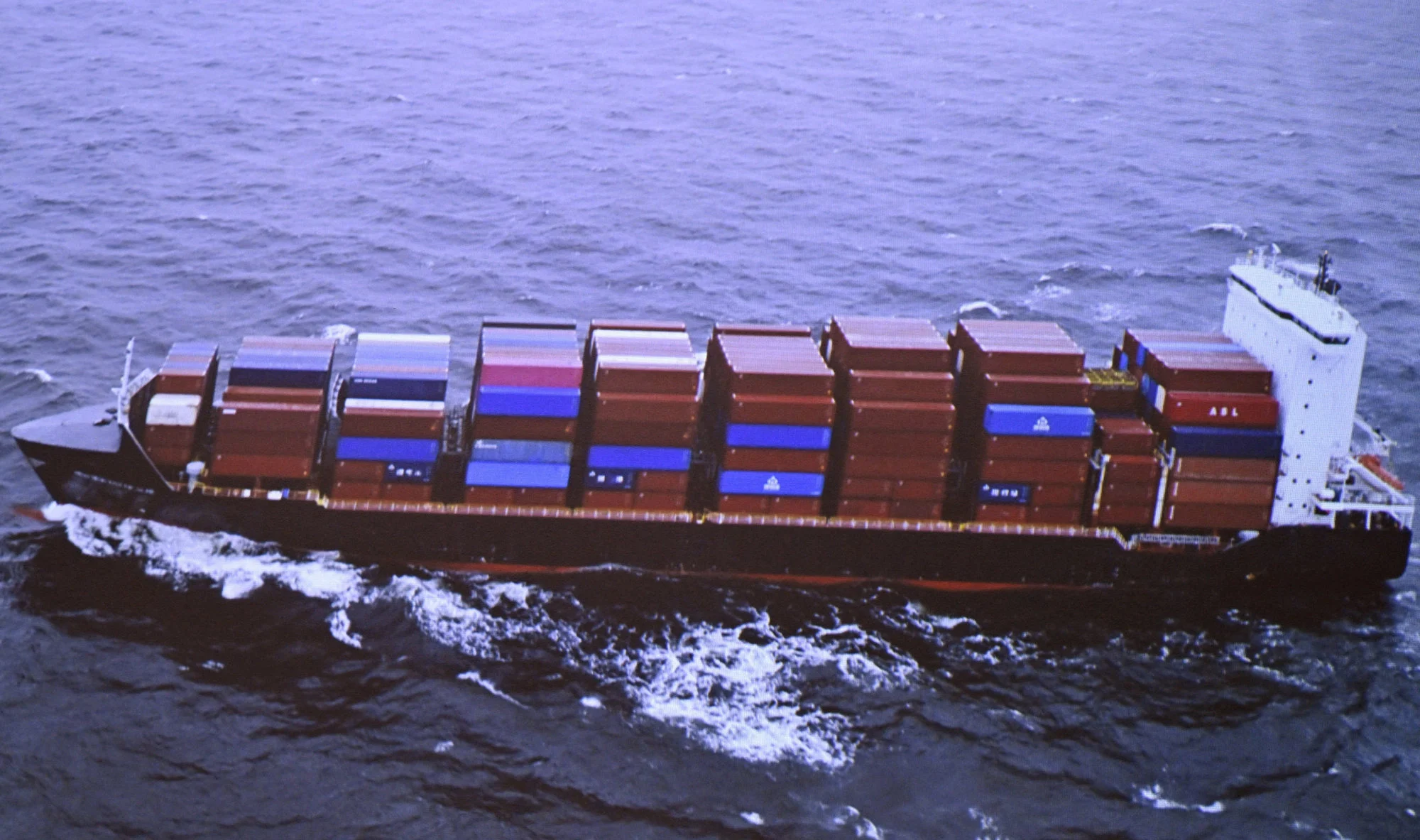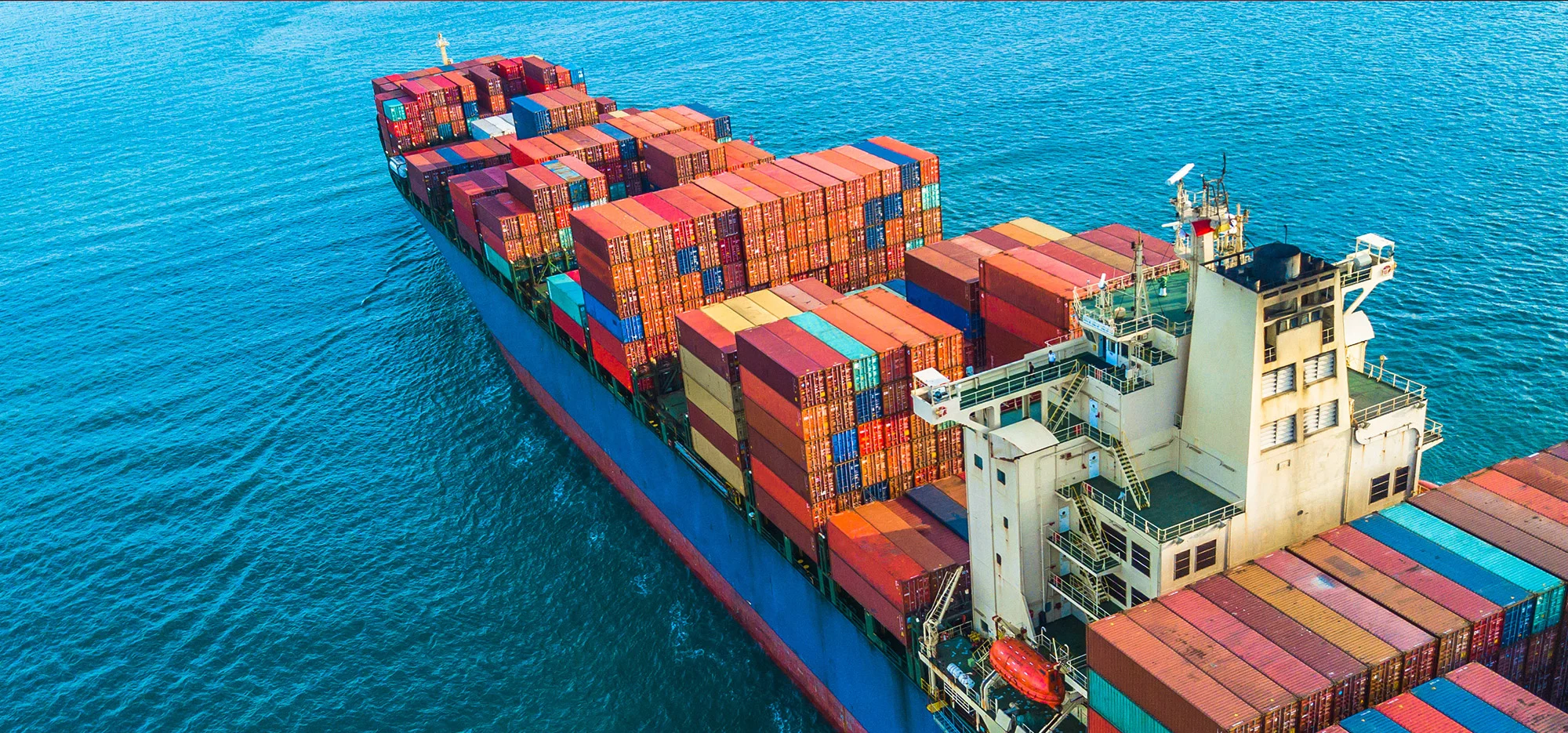Importing goods from China to Singapore can be a complex and costly endeavor, but with the right strategies, businesses can significantly reduce expenses while ensuring efficient delivery. Understanding the nuances of shipping methods—whether opting for ocean freight or air freight—and leveraging the expertise of a reliable freight forwarder are critical steps in optimizing your logistics process. This guide will explore essential practices, from selecting the most suitable shipping options to packaging optimization and import tax considerations, enabling you to make informed decisions that benefit your bottom line. By implementing these strategies, you can streamline your operations and enhance the overall success of your importation efforts.
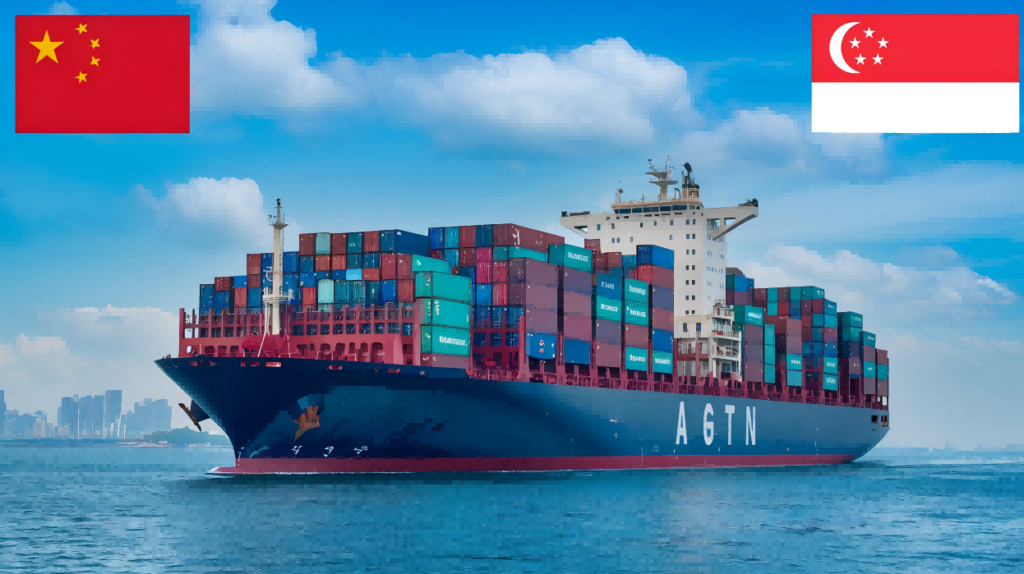
Choose the Right Shipping Method
Ocean Freight vs. Air Freight
When deciding between ocean freight and air freight, one must consider various attributes of each mode.
| Feature | Ocean Freight | Air Freight |
|---|---|---|
| Cost | Generally lower for large shipments | Higher, especially for smaller shipments |
| Speed | Slower, usually taking weeks | Fastest, generally 1-7 days |
| Capacity | Large volumes can be shipped | Limited capacity |
| Environmental Impact | Higher carbon footprint | Generally lower per ton-mile |
| Ideal For | Large, heavy, or bulky items | Urgent, high-value, or perishable goods |
Ocean freight is often preferred for bulk shipments and is more economical for larger consignments. However, for time-sensitive products, air freight is the best choice despite the higher costs.
FCL vs. LCL
Understanding the difference between Full Container Load (FCL) and Less than Container Load (LCL) is essential for optimizing shipping costs.
| Feature | FCL | LCL |
|---|---|---|
| Minimum Shipment Size | Full container (20ft, 40ft, etc.) | Any size less than a full container |
| Cost Efficiency | More cost-effective for large shipments | Economical for smaller shipments |
| Transit Time | Shorter due to direct shipping | Longer due to consolidation |
| Risk of Damage | Lower risk of damage | Higher risk due to multiple handling |
FCL is advantageous when you have enough goods to fill a container, while LCL allows for flexibility when shipping smaller volumes. Understanding your shipping needs will help you choose the appropriate method.
Factors to Consider
When selecting a shipping method, several factors should be evaluated:
- Nature of Goods: Consider the fragility, perishability, and size of the products.
- Budget: Determine how much you are willing to spend on shipping.
- Delivery Time: Assess how quickly you need the goods to arrive.
- Regulatory Compliance: Be aware of any customs regulations that may impact your shipping choice.
- Destination: Some locations may have restrictions that favor one shipping method over another.
You may be interested in the following related articles:
- Shipping From China To Sri Lanka
- Shipping From China To India
- Shipping From China To Kyrgyzstan
- Shipping From China To Tajikistan
- Shipping From China To Uzbekistan
- Shipping From China To Turkmenistan
- Shipping From China To Vietnam
- Shipping From China To Thailand
- Shipping From China To South Korea
- Shipping From China To Philipines
Find a Reliable Local Freight Forwarder in China
Partnering with a local freight forwarder can significantly enhance your shipping experience, especially when navigating the complexities of international logistics.
Benefits of Using a Chinese Freight Forwarder
Utilizing a Chinese freight forwarder can yield numerous advantages:
- Local Expertise: They have insights into local suppliers, customs regulations, and logistical challenges.
- Cost Savings: Freight forwarders often have established relationships with shipping lines and can negotiate better rates.
- Streamlined Processes: They handle documentation, customs clearance, and other logistical hurdles, saving you time and reducing stress.
- Multimodal Solutions: A reliable freight forwarder can offer various shipping options, including door-to-door shipping services, thus providing flexibility.
What to Look for in a Freight Forwarder
Selecting the right freight forwarder involves careful consideration of several key factors:
- Experience and Reputation: Look for a forwarder with a proven track record of success and positive customer reviews.
- Range of Services: Ensure they offer services that align with your needs, such as insurance services, warehouse services, and customs clearance.
- Transparency: A reputable forwarder should provide clear pricing and not hide any additional fees.
- Communication: Choose a forwarder that maintains open and timely communication throughout the shipping process.
Negotiating the Best Rates
Once you identify potential freight forwarders, negotiating the best rates can significantly impact your overall costs. Here are some strategies:
- Compare Multiple Quotes: Request quotes from various forwarders to identify competitive pricing.
- Understand Pricing Structures: Familiarize yourself with how rates are calculated, including factors such as weight, volume, and destination.
- Build Long-Term Relationships: Establishing a solid partnership can lead to better terms and discounts on future shipments.
- Leverage Your Volume: If you anticipate regular shipments, negotiate based on your expected shipping volume over time.
For those seeking to streamline their logistics process, consider reaching out to Dantful International Logistics. We provide highly professional, cost-effective, and high-quality one-stop international logistics services tailored to meet the needs of global traders. Our expertise in ocean freight, air freight, and customs clearance services positions them as a reliable partner for your importation needs.
By choosing the right shipping method and aligning with a capable freight forwarder, you can ensure a seamless import experience from China.
Optimize Your Packaging and Utilization
Proper Packaging to Minimize Damage
Effective packaging is fundamental to protecting goods during transit. Here’s how to ensure that your products withstand the rigors of shipping:
-
Choose Quality Materials: Utilize robust packaging materials such as double-walled boxes, bubble wrap, and foam inserts to cushion fragile items. Using eco-friendly packaging options can also enhance your brand image and appeal to environmentally conscious consumers.
-
Seal Packages Securely: Proper sealing prevents moisture and dirt from damaging the contents. Employ high-quality tape and consider using heat-sealed bags for food items or sensitive electronics.
-
Label Clearly: Use clear and visible labeling to communicate handling instructions. Including symbols for fragile items or “This Side Up” can significantly reduce the chances of mishandling during transit.
-
Conduct a Packaging Test: Before finalizing your packaging solution, conduct drop tests or simulate transit scenarios to ensure the packaging can withstand the journey.
Maximizing Container Space
Efficient use of container space can lead to significant cost savings in shipping. Here are strategies to maximize space utilization:
-
Optimize Palletization: Use standardized pallet sizes and arrange products in a way that maximizes the height and weight allowances of your containers while maintaining stability.
-
Use Cubic Measurements: Optimize products for cubic measurement instead of weight. Items that have a higher volume but lower weight can be economically packed by using fillers or adjusting the packing configuration.
-
Employ Innovative Packing Techniques: Techniques such as utilizing void fill materials to minimize movement within the container can maximize space without compromising safety.
-
Consult with Your Freight Forwarder: Many freight forwarders, including Dantful International Logistics, offer assistance in optimizing container packing to help you achieve the best use of space.
Calculating Dimensional Weight
Understanding dimensional weight pricing is crucial in the shipping perspective. Freight carriers often charge based on the size of the package rather than its actual weight. Here’s how to effectively calculate it:
Dimensional Weight Formula: Most carriers use the formula(Here, dimensions are measured in centimeters, and 6000 is a divisor commonly used by carriers.):

-
Compare with Actual Weight: Always compare dimensional weight to actual weight. Choose the lower of the two to determine your shipping costs.
-
Adjust Packaging Accordingly: If dimensional weight exceeds actual weight, consider redesigning your packaging to reduce dimensions while still providing adequate protection to the products.
Plan Ahead for Shipments
Effective shipment planning is critical in minimizing costs and ensuring timely delivery. Businesses must adopt proactive strategies to streamline their shipping processes.
Booking Containers in Advance
Securing your shipping slots early can prevent delays and help manage expenses effectively:
-
Early Booking Benefits: Booking containers at least several weeks in advance allows you to secure better rates, especially during peak seasons. This reduces the risk of last-minute surcharges and ensures you have the necessary capacity.
-
Seasonal Considerations: Familiarize yourself with peak shipping seasons for your specific goods. For example, electronics typically see increased demand before the holiday season, making early bookings essential.
-
Work with a Trusted Freight Forwarder: Engaging with a reliable forwarder such as Dantful can facilitate early bookings and provide insights into market conditions.
Avoiding Peak Season Surcharges
Peak shipping seasons often result in increased costs. Implementing the following strategies helps in avoiding added surcharges:
-
Monitor Shipping Trends: Stay informed about industry trends and potential peak seasons by subscribing to updates from logistic networks or shipping associations.
-
Flexible Shipping Schedules: If possible, schedule shipments during off-peak periods to avoid surcharges. For example, consider shipping in late winter or early spring when demand is typically lower.
-
Negotiate Contracts: Long-term contracts with carriers might help mitigate peak season surcharges by locking in lower rates throughout the year.
Staggering Shipments
Managing inventory effectively while minimizing costs can be achieved through staggered shipments:
-
Evaluate Inventory Levels: Assess your inventory needs and determine the optimal shipment frequency. This strategy helps avoid overstock and stockouts, balancing storage costs and product availability.
-
Implement Just-in-time Shipping: This approach allows businesses to receive goods precisely when needed, reducing storage costs and minimizing excess inventory.
-
Coordinate with Suppliers: Work closely with your suppliers to plan staggered shipments that align with your production schedules and customer demand.
By optimizing packaging and strategically planning shipments, businesses can enhance their import process from China. For efficient and cost-effective shipping solutions, consider collaborating with Dantful International Logistics, a provider of comprehensive freight solutions tailored to meet your logistics needs.
Leverage Your Freight Forwarder’s Expertise
Customs Clearance Assistance
Navigating customs regulations can be daunting, but a competent freight forwarder provides essential support in this critical area:
-
Understanding Regulations: Freight forwarders are well-versed in the customs requirements of the destination country. They can guide you through all necessary documentation, ensuring compliance with local laws and regulations.
-
Classification and Valuation: Properly classifying goods under the correct tariff codes can significantly affect duty rates. Freight forwarders can assist in classifying products accurately to minimize potential duties and avoid penalties.
-
Handling Documentation: Forwarders manage the paperwork associated with customs clearance, such as commercial invoices, packing lists, and certificates of origin. This minimizes the risk of delays due to missing or incorrect documentation.
-
Communication with Customs Officials: An experienced freight forwarder often has established relationships with customs officials, making it easier to address any issues or inquiries that may arise during the clearance process.
Tracking and Monitoring
Visibility into the shipping process is crucial for ensuring that goods arrive as planned. Here’s how freight forwarders can facilitate tracking and monitoring:
-
Real-Time Tracking Systems: Many freight forwarders employ advanced tracking technologies that allow you to monitor the status of your shipment in real-time. This transparency helps you manage expectations and respond promptly to any delays.
-
Alerts and Notifications: Setting up automated alerts for critical milestones in the shipping process, such as departure, arrival, or customs clearance, keeps you informed and allows for proactive logistics management.
-
Post-Delivery Support: After the shipment arrives, freight forwarders continue to offer support, helping you handle any issues that might arise during the delivery process, such as delays in local logistics or last-mile delivery.
Customized Solutions
Every business has unique shipping needs, and a proficient freight forwarder can provide tailored solutions that align with your goals:
-
Flexible Shipping Options: Depending on your budget and urgency, freight forwarders can offer a range of shipping methods, including air freight, ocean freight, and door-to-door shipping services. This flexibility allows you to choose the best approach for your specific requirements.
-
Specialized Services: If you’re dealing with sensitive or specialized cargo, such as perishables or hazardous materials, freight forwarders can implement specific handling and shipping protocols to ensure compliance with regulations and the safe transit of goods.
-
Logistics Optimization: Leveraging their expertise, freight forwarders can recommend strategies to optimize your supply chain, including consolidation of shipments, efficient packing, and integrated logistics solutions.
Understand Import Taxes and Duties in Singapore
Importing goods into Singapore comes with its specific set of taxes and duties that businesses must be aware of to manage costs effectively. Below are the key components to understand:
Goods and Services Tax (GST)
-
Current Rate: Singapore imposes a Goods and Services Tax (GST) on imported goods at a rate of 8% as of 2023, which will increase to 9% in 2024. This tax applies to most goods, with certain exemptions for specific categories, including financial services and residential properties.
-
Calculation: The GST is calculated on the Cost, Insurance, and Freight (CIF) value of the goods, which includes the cost of the goods, shipping, and any insurance incurred during transport.
Customs Duties
-
Applicable Tariffs: Customs duties in Singapore primarily depend on the classification of goods under the Harmonized System (HS) codes. While many goods enjoy zero import duty, some products may have specific tariffs.
-
Classification: Ensuring that products are classified correctly is vital to determining applicable duties. A freight forwarder can assist in correctly classifying goods to avoid unexpected duties.
Exemptions and Schemes
-
Free Trade Agreements (FTAs): Singapore has various FTAs that may allow for reduced or waived duties on specific imports from partner countries. Familiarity with these agreements can lead to significant savings.
-
Customs Schemes: Programs such as the Approved Importer Scheme allow qualified importers to have a simplified customs clearance process, which can expedite shipments and reduce administrative burdens.
Additional Considerations
-
Documentation Requirements: Importers must prepare specific documentation to facilitate customs clearance, including invoices, bills of lading, and any required permits. A freight forwarder can help ensure all paperwork is complete and accurate.
-
Planning for Total Landed Cost: Understanding the total landed cost, including all duties, taxes, and fees, is essential for accurate budgeting and pricing strategies. This comprehensive view enables businesses to price their products competitively.
Importing goods into Singapore requires careful planning and an understanding of the associated costs. By leveraging the expertise of a freight forwarder and familiarizing yourself with import taxes and duties, you can navigate the logistics landscape efficiently and effectively. For a seamless experience, consider working with Dantful International Logistics, known for their extensive knowledge in customs clearance, shipping optimization, and tailored logistics solutions.
Explore Cost-Saving Opportunities
Off-Peak Season Discounts
Freight costs can vary significantly depending on the time of year. Taking advantage of off-peak shipping periods can lead to considerable savings:
-
Identifying Off-Peak Seasons: Understand the cyclical nature of freight demand. Typically, the months of January to March and September to early November can be considered off-peak for many industries. During these times, freight carriers may offer lower rates to attract business.
-
Negotiating Seasonal Discounts: Establish agreements with your freight forwarder regarding discounts during off-peak seasons. Many carriers are willing to lower their rates to maintain a steady flow of shipments during quieter periods.
-
Flexible Shipping Schedules: If your business operations allow for it, consider adjusting your shipping schedules to align with off-peak periods. This flexibility can result in significant savings on freight costs.
Bulk Shipping Rates
Shipping larger quantities can lead to reduced costs per unit. Here are some ways to capitalize on bulk shipping:
-
Understanding Minimum Order Quantities (MOQs): Many suppliers may have MOQs that, when met, can unlock lower shipping rates. Collaborating with your supplier to meet these MOQs can lead to better shipping rates.
-
Negotiating Bulk Rates: Freight carriers often provide tiered pricing based on volume. Discuss your shipping needs with your freight forwarder to negotiate bulk rates that apply when shipping larger quantities.
-
Evaluating Storage and Inventory Costs: While bulk shipping can save money, it’s essential to balance these savings against potential storage and inventory costs. Ensure that you have the capacity to store bulk shipments without incurring additional expenses.
Consolidation Services
Consolidating shipments can significantly reduce costs and improve efficiency:
-
What is Consolidation?: Consolidation involves combining multiple smaller shipments into a single larger shipment. This strategy reduces the cost per unit, as shipping costs are spread across multiple orders.
-
Collaboration with Suppliers: Work collaboratively with your suppliers to consolidate shipments. If multiple suppliers can align delivery times, it becomes possible to ship their goods together, thereby maximizing container space and lowering costs.
-
Freight Forwarder Expertise: Leveraging your freight forwarder’s expertise in consolidation services can help streamline operations. Many freight forwarders, such as Dantful, offer dedicated consolidation services that facilitate the process and ensure optimal space utilization.
Maintain a Strong Relationship with Your Freight Forwarder
Building and maintaining a strong relationship with your freight forwarder is essential for optimizing your logistics operations:
Open Communication
-
Regular Updates: Establishing a routine for communication ensures that you remain informed about shipment statuses, potential delays, and any issues that may arise. Regular check-ins help foster transparency and trust.
-
Discuss Changes and Challenges: If there are changes in your shipping needs or challenges you are facing, communicate these openly with your freight forwarder. A proactive approach can help them provide you with tailored solutions that meet your evolving requirements.
-
Utilizing Technology: Many freight forwarders now offer digital platforms that facilitate real-time communication. Utilize these tools to enhance the efficiency of your interactions.
Providing Accurate Information
-
Complete Documentation: Ensure that all documentation provided to your freight forwarder is accurate and complete. This includes details on product descriptions, weights, dimensions, and any special handling instructions.
-
Forecasting Needs: Share your projected shipping volumes and schedules with your freight forwarder. This information enables them to plan and allocate resources effectively, ultimately benefiting both parties.
-
Inventory Management: Keeping your freight forwarder informed about your inventory levels can lead to better shipping solutions, especially when planning for peak seasons or ensuring timely restocking.
Giving Feedback and Suggestions
-
Performance Evaluations: Provide regular feedback on your freight forwarder’s performance. This constructive input can help improve their services and ensure that your logistics needs are met efficiently.
-
Suggesting Improvements: If you have ideas for improving processes or enhancing communication, share these insights with your freight forwarder. A collaborative approach fosters innovation and can lead to better service.
-
Acknowledge Good Service: Recognition of your freight forwarder’s efforts can strengthen your relationship. A simple acknowledgment of a job well done can go a long way in building goodwill.
By exploring cost-saving opportunities and fostering a strong partnership with your freight forwarder, businesses can significantly enhance their logistics strategies when importing goods from China. For expert guidance and tailored solutions, consider collaborating with Dantful International Logistics, which offers a comprehensive suite of services designed to meet the diverse needs of global traders.

Young Chiu is a seasoned logistics expert with over 15 years of experience in international freight forwarding and supply chain management. As CEO of Dantful International Logistics, Young is dedicated to providing valuable insights and practical advice to businesses navigating the complexities of global shipping.




